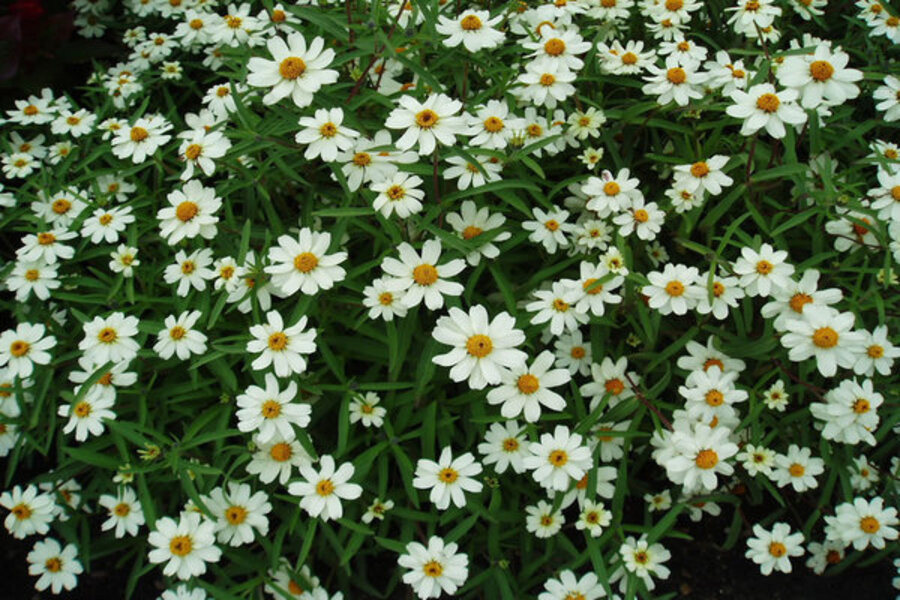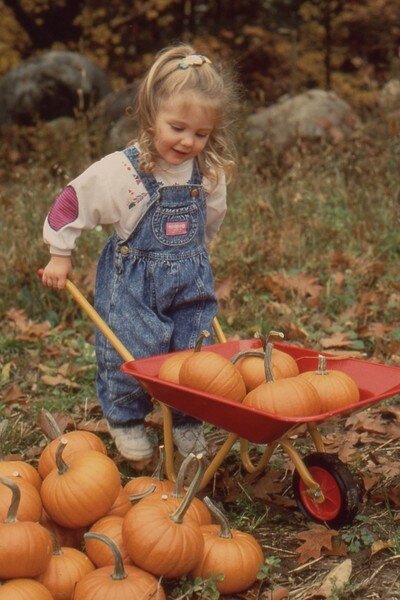April gardening in southern California, Part 1
Loading...
In some parts of the country, “April showers” are present and important, but here in Southern California, we may get some April showers and we may not.
So that means we need to be sure our gardens, lawns, and permanent plantings get enough moisture to grow well. Conserving the moisture plantings get is also important, and we do that by applying mulch to bare ground.
Sow seeds of many kinds
Whether or not showers appear this month, you can plant seed of asparagus, beets, beans -- both pole and bush -- carrots, cabbage, sweet corn, popcorn, celery, cucumbers, all melons, eggplant, lettuce, kohlrabi, mustard greens, peanuts, peas, okra, long-day onions, pepper, pumpkins, radishes, spinach, squash, Swiss chard, all herbs, and tomatoes.
Plant in light soil, cover the seed lightly, and keep moist until plants have at least two true leaves, then water as needed.
Some of the summer flower garden may also be planted from seed now. These include amaranthus, alyssum, aster, bacopa, gaillardia, carnation, celosia, centaurea, columbine, echinacea, cosmos, heuchera, coreopsis, dahlia, Dahlberg daisy, dianthus, delphinium, ageratum, oenothera, nicotiana, gerbera, gomphrena, hibiscus moscheutos, hollyhock, impatiens (don’t cover the seed of impatiens), larkspur, lisianthus, melampodium, nasturtium, marigold, osteospermum, penstemon, petunia, pyrethrum, portulaca, rudbeckia, salvia, statice, verbena, yarrow, sunflower, morning glory, vinca, and zinnia.
The lawn will be growing now, after just sitting there and sulking all winter, so fertilize and resume mowing once a week, or as needed. A healthy lawn will outgrow weeds, but it needs adequate water and fertilizer. It’s a good time to recheck your sprinkler and drip system to make sure everything is working properly, providing good coverage, and, if on a timer, that each set is operating for the right length of time.
Bulbs in summer, too
You can plant summer-flowering bulbs this month. Look for solid, healthy-looking bulbs of canna, ranunculus, anemone, gladiolus, allium, all hardy lilies, calla, bearded iris, and amaryllis in the sun. Try caladium for partial shade, and elephant ear (colocasia), and tuberous begonia for full shade.
The rule of thumb for planting most bulbs is three times the depth of the bulb, but some, like bearded iris, are planted just below the soil line. Water well after planting all bulbs, then just water regularly until they start growing.
Note: Click here for additional suggestions of what to do in the Southern California garden in April.
-----
Gerald Burke is one of more than a dozen garden experts from all parts of the country who blog regularly at Diggin' It. He is a freelance horticultural writer who spent 35 years in the seed business, 30 of them with Burpee, and is a member of the Garden Writers Association. To read more of what Gerald has written here at Diggin' It, click here.








